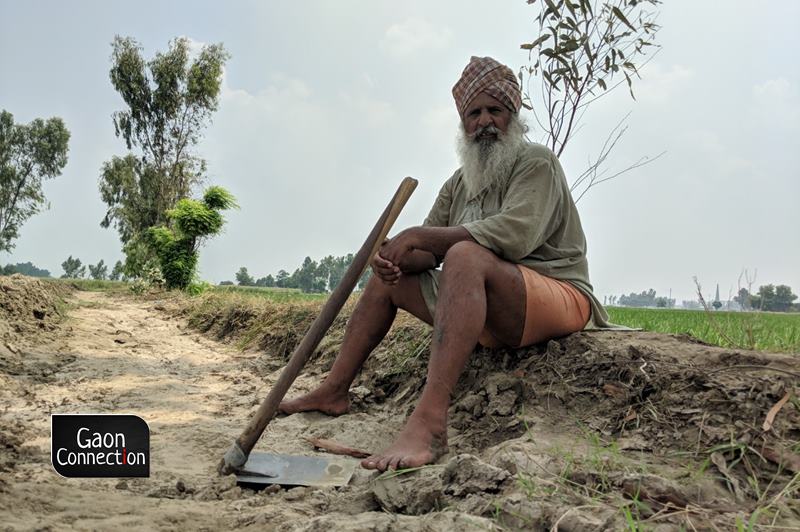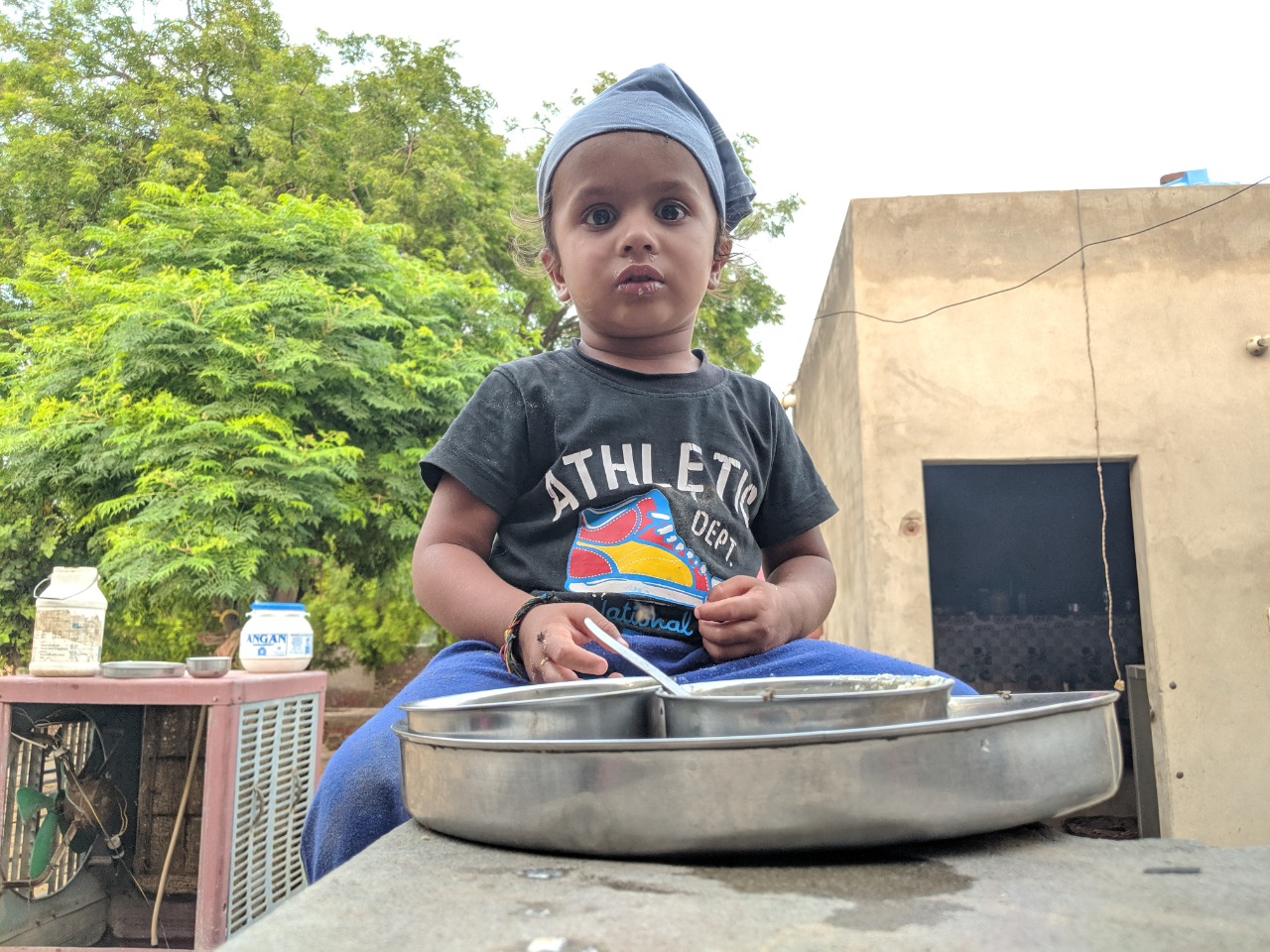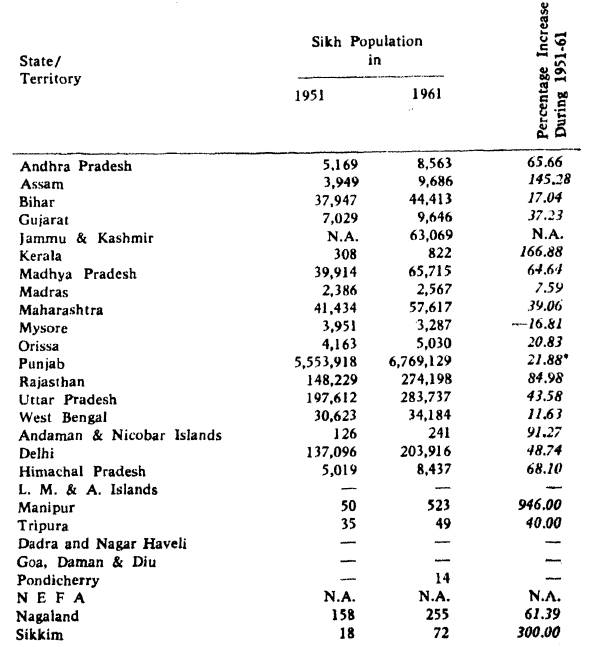More than half under-5 kids in Lakhimpur Kheri stunted; groundwater heavily contaminated with arsenic
Lakhimpur Kheri, also known as mini-Punjab of Uttar Pradesh, is a new flashpoint in India’s most populous state that goes to poll early next year. On October 3, eight people were killed in the district in violent clashes. Geographically, Kheri is UP’s largest district and contributes 3.38% to the state’s agriculture, forestry, and fisheries sector GDP. However, the district fares poor on several social and health indicators.


Lakhimpur Kheri is also known as UP’s mini-Punjab because of its high Sikh population. Photo: Arvind Shukla/Gaon Connection
Lakhimpur Kheri is a new flashpoint in poll-bound Uttar Pradesh where eight people were killed on October 3 — four protesting farmers, two BJP workers, their driver and a local journalist Raman Kashyap.
Lakhimpur Kheri is the largest district in Uttar (UP) Pradesh on the border with the neighbouring country Nepal. With a total area of 7,680 square kilometres, the district is a part of Lucknow division. Nighasan tehsil, where the violent clashes took place on October 3, comes under the terai belt of the country which is spread at the foothills of the Himalayas.
This district of Uttar Pradesh is also known as UP’s mini-Punjab because of its high Sikh population. Of its total population of 4,021,243, as per census 2011, 2.35 per cent (94,388 people) is Sikh population. This is higher than the average Sikh population of 0.32 per cent in the state. The state’s total Sikh population is 643,500.
The district, with several rivers including Sharda and Ghagra rivers, and lush green vegetation, is known for its contribution to the state’s agriculture and fisheries sectors.
For instance, according to District Domestic Product data released by the Directorate of Economics And Statistics Government Of Uttar Pradesh, Lakhimpur Kheri contributed Rs 124.14 billion — 3.38 per cent — of the state’s agriculture, forestry, and fisheries sector GDP (gross domestic product) of Rs 3,667.27 billion in 2019-20.

However, despite the socio-economic change over the years and rich agricultural status of the district, various social and health indicators show that Kheri lags behind in terms of health, water quality, and women literacy.
The groundwater in the district, which is the main source of irrigation and drinking water, is laced with very high levels of poisonous arsenic. Other contaminants such as fluoride, that cripples people for life, are found in levels beyond the permissible limits.
Additionally, the Union health ministry’s National Family Health Survey: 2015-16, pointed out that more than half (53.9 per cent) of under-5 kids in Kheri district were stunted (height-for-age); 40.8 per cent of under-5 kids were underweight (weight-for-age); and 17.5 per cent of under-5 kids fell in the wasted (weight-for-height) category.
Also Read: Severely malnourished under-5 children consumed by hunger in the pandemic
Poison in the water
A 2018 study titled ‘Arsenic Occurrence in Ground Water and Soil of Uttar Pradesh, India and its Phytotoxic Impact on Crop Plants’ shows that the groundwater in Lakhimpur Kheri and Unnao districts of Uttar Pradesh contain arsenic in the range of 23 to 140 microgram per litre (µg/l), which was far above the World Health Organization’s permissible limit of of 10 µg/l. Microgram per litre is also referred to as parts per billion, or ppb. The BIS (Bureau of Indian Standards) acceptable limit of arsenic in drinking water is also 10 ppb.
Surprisingly, the 2018 study found that the soil samples in the district contained almost 40-45 times more arsenic than that found in the groundwater samples of the same site.
This is worrisome as a large chunk of rural population in the district depends on groundwater to meet its drinking water needs and also irrigated the crops.
Another study, titled ‘Predicting groundwater arsenic contamination: Regions at risk in highest populated state of India’, published in 2019 found that as many as 23.48 million people in rural areas of Uttar Pradesh are exposed to high levels of arsenic in groundwater. Lakhimpur Kheri is among the worst affected districts, noted the 2019 study.
“The blocks [in Lakhimpur Kheri] such as Pallia, Nighasan and Ishanagar are having arsenic poisoning. The water in these areas of the district is high in arsenic. Arsenic can cause a number of health problems such as skin, lung, liver cancer. It can cause cardiac arrest too,” Chander Kumar Singh, author of the report, told Gaon Connection. Singh is working as an associate professor, Department of Energy and Environment, TERI School of Advanced Studies.
This is not all. “Mitauli block in the district has a fluoride problem. Fluoride is problematic because it causes bone related problems. The kids might suffer dental or skeletal fluorosis,” the author and researcher added.

This problem of poor groundwater quality has also been recorded by the Central Ground Water Board (CGWB), under the Ministry of Jal Shakti, Department of Water Resources. As per the CGWB, Nighasan in Lakhimpur Kheri is among the most affected blocks by arsenic content.
The 2012-13 report titled ‘Ground Water Scenario of Lakhimpur Kheri district, UP’ shows that the arsenic concentration of more than 10 ppb has been recorded in Palia, Nighasan, Ramia Bihar, Dhaurahara and Issanagar blocks of Lakhimpur Kheri.
Phosphate is nil in ground water of the area. “It is observed that 20 per cent of the samples analysed have high nitrate, which is most likely due to the use of fertilisers for agriculture and other improper waste disposal,” read the CGWB’s 2012-13 report.
Poor health indicators
The data of Department of Health & Family Welfare, Uttar Pradesh 2016-17, shows there are 54 primary health centres (PHCs) in Lakhimpur Kheri to cater to over four million rural population of the district. Of these 24*7 PHCs, only 30 are functioning on 24*7 basis, notes the department’s data.

Meanwhile, the Union health ministry’s National Family Health Survey (NFHS) 2015-16, pointed out that more than half (53.9 per cent) of under-5 kids in Kheri district were stunted (height-for-age); 40.8 per cent of under-5 kids were underweight (weight-for-age); and 17.5 per cent of under-5 kids were wasted (weight-for-height).
The NFHS data also shows that less than eight per cent of children in the age group 6-23 months are receiving an adequate diet in the district.
Besides poor nutrition indicators, the 2015-16 survey data shows that almost every second child (49.8 per cent) in the age group of 6-59 months is anaemic and 43.1 per cent of all women aged 15-49 years are anaemic in the district.
Lakhimpur Kheri: UP’s mini-Punjab
According to the 2011 population census, there are a total 529,223 cultivators in the Lakhimpur Kheri district — 41.8 per cent of the total percentage of total workers, and a total of 422,142 agricultural labourers — 33.4 per cent of the total percentage of workers.
This indicates that a large proportion — 75.2 per cent — of workers are dependent on agriculture activities in the district.
Gaon Connection traced the history of the district and the migration of Sikhs from undivided Punjab to Lakhimpur Kheri in Uttar Pradesh.
Much of the Sikh population in the terai region of Uttar Pradesh dates back to the 1960s. “After partition, many Sikhs from Pakistan (undivided Punjab) came here. This is the terai region. Back then, there were fewer inhabitants here and Sikhs moved here,” Ram Chandra Shukla, a retired government school teacher and a resident of Pasgawan town in Kheri district, told Gaon Connection.
“They [Sikhs] would sell an acre of land in Punjab and buy ten acres here in Kheri,” the 73-year-old teacher added. “The graduates here were given twenty acres of land and high school ones twelve acres of land. Lands in Kheri were sold at very cheap prices then,” he went on to narrate.
Shukla informed that the exodus continued for at least 20 years starting after 1950 [five years after Independence] till 1970.
A report in the Economic and Political Weekly (EPW), a weekly peer-reviewed academic journal, details how the terai region in Uttar Pradesh has witnessed unparalleled increase in the Sikh population during the 1960s.
“The explanation is not far to seek. Despite its agricultural potentialities, the region had been lying practically waste. The abolition of the landlord system of tenure soon after Independence threw this virtual wasteland open for development and attracted streams of Sikh peasants from the densely populated areas of Punjab,” reads the article published in the EPW on January 23, 1965.
The Sikhs moving out of Punjab have spread over most parts of India in their search for economic opportunities. However, a very large majority of them have gone to the adjoining states of Uttar Pradesh, Rajasthan and the Union Territory of Delhi, where their population has shown tremendous increases during the ten years, reads the EPW article.
For instance, Uttar Pradesh witnessed a 43.58 per cent rise in Sikh population from 197,612 in 1951 to 283,737 in 1961, notes the EPW article.


Thus, there has been considerable migration of Sikh farmers from the trans-Sutlej region to the agricultural frontiers of the terai in Uttar Pradesh.
“They [Sikhs] bought lands from the original inhabitants of other castes of Hindus. Locals here were forced to sell lands. Now, most of them are doing labour jobs in farms of Sikhs. Owners of land became labourers,” informed the retired government school teacher.
However, the contribution of Sikhs in the agriculture sector of Kheri cannot be overlooked, he added.
Also Read: Why are the Dalit landless farm labourers of Punjab protesting the new agri laws?
Agriculture, livelihood, and GDP
According to District Domestic Product data released by the Directorate of Economics And Statistics Government Of Uttar Pradesh, Lakhimpur Kheri contributed Rs 124.14 billion — 3.38 per cent — of the state’s agriculture, forestry, and fisheries sector GDP (gross domestic product) of Rs 3,667.27 billion in 2019-20.

After migrating from the undivided Punjab to Uttar Pradesh, the Sikh farmers have played a huge role in making Lakhimpur Kheri district one of the highest contributors to the agricultural production of the state.
“Original habitants here would grow crops such as paddy and wheat only. After Sikhs came here, they used modern techniques like tractors to increase productivity. They used levellers to flatten the land and made terai land cultivable,” said Shukla.
“They have a key role in improving the agriculture sector here. There is no doubt in that. They are also very rich farmers. They own 100s of acres,” the retired school teacher added.
Low literacy rate
The government data shows a huge gap in the district and state literacy rate of women. Less than half (44.6 per cent) of women in the age group of 15-49 years are literate in the district. This is less than the state average of 61 per cent, shows the NFHS 2015-16 data. The Government of India defines anyone who can read and write with understanding as literate.
Surprisingly, only 15.1 per cent of women had completed 10 or more years of schooling in the district — less than the state average of 32.9 per cent.
Predictably, there is a huge gap between the women and men literacy rate in the district with 78.6 per cent of men being literate in the district and not even half of district’s women were literate. However, the men’s literacy rate in the district is still lower than the state average of 82.4 per cent.
The data also shows that there are only 41.4 per cent of households with electricity in the district. This drops to 37 per cent in case of rural households.

